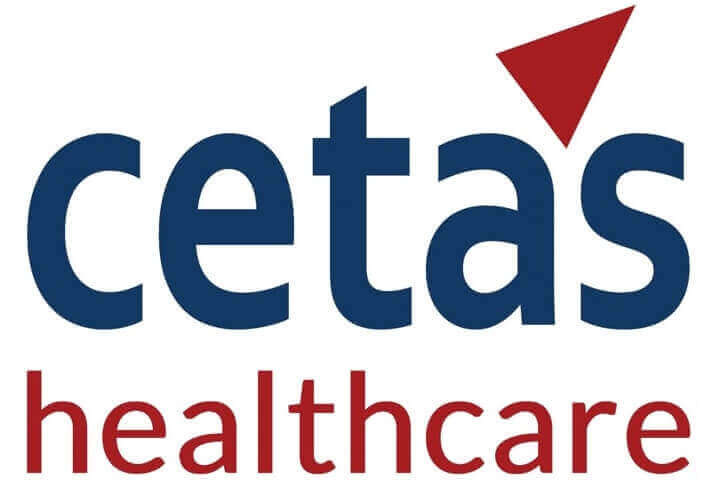X
The European Union Medical Device Regulation 2017/745 (EU MDR) has brought significant changes to the regulatory landscape for medical devices in Europe. Conformity assessment plays a crucial role in ensuring the safety and performance of medical devices before they are placed on the market. In this article, we will provide a quick guideline on how to perform a conformity assessment for medical devices under the EU MDR.
Disclaimer: This article provides general guidance and should not be considered legal or regulatory advice.
Begin by familiarizing yourself with the key requirements and principles of the EU MDR. This regulation sets out the rules and procedures for placing medical devices on the European market. It emphasizes patient safety, risk management, and increased transparency throughout the product lifecycle.
Determine the appropriate classification of your medical device as per Article 8 of EU MDR. Classification is based on the device’s intended purpose, duration of use, invasive nature, and other factors. Proper classification is essential as it determines the conformity assessment route.
Follow EU MDR article 52 carefully to choose the conformity assessment route that aligns with the classification of your medical device. The EU MDR provides several options, including self-assessment for lower-risk devices and involvement of notified bodies for higher-risk devices. Each route has specific requirements and timelines.
Compile comprehensive technical documentation as per EU MDR Annex II and Annex III for your medical device. This documentation should include design information, manufacturing processes, risk analysis, clinical data, and performance evaluation results. It should demonstrate conformity with the general safety and performance requirements outlined in the EU MDR.
If your medical device falls into a higher-risk class, you may need the involvement of a notified body. Notified bodies are independent organizations designated by EU member states to assess the conformity of medical devices. Seek a suitable notified body and engage them early in the process to ensure a smooth assessment.
Refer to Article 61 and related articles carefully for the clinical evaluation of your medical device, including any necessary preclinical and clinical studies. Collect and analyze clinical evidence to demonstrate the safety and performance of your device. Ensure compliance with the EU MDR’s requirements for clinical data and post-
market surveillance.
Compliance with the EU MDR does not end once the device is placed on the market. Understand Chapter 4, articles 83 to 94 to fulfill your post-market obligations, including vigilance reporting, periodic safety update reports (PSURs), and post-market surveillance. Continuously monitor the device’s performance and address any safety concerns promptly.
Ensure your medical device is appropriately labelled with essential information, such as the device’s intended purpose, instructions for use, and UDI as per Article 27 and Annex 6. The UDI system is crucial for traceability and helps regulators and healthcare professionals identify devices and track their performance in the market.
Performing a conformity assessment for medical devices under the EU MDR is a vital process that ensures patient safety and regulatory compliance. By understanding the requirements, selecting the appropriate conformity assessment route, and diligently preparing technical documentation, you can navigate the regulatory landscape effectively. Remember to engage with notified bodies, conduct comprehensive performance evaluations, and fulfill post-market obligations to maintain compliance throughout the device’s lifecycle.


We provide the best insights for your business
